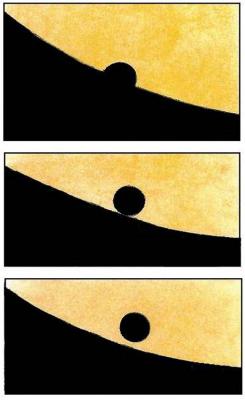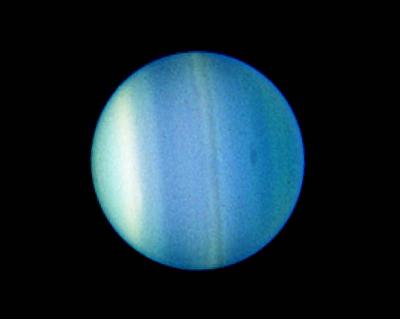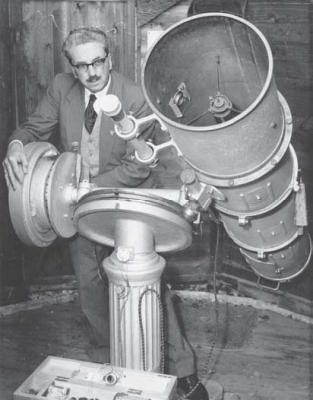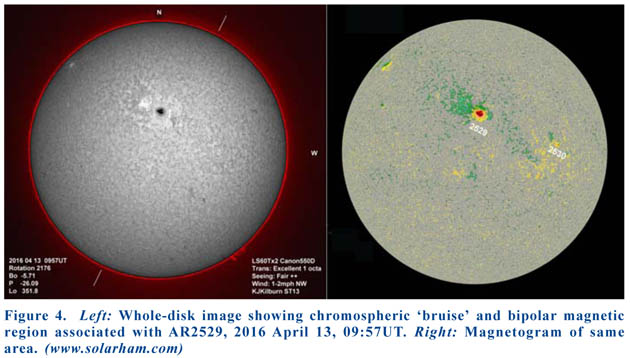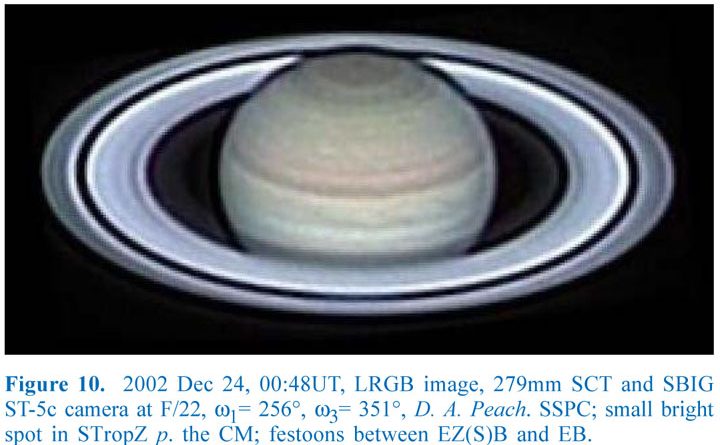The elongations of Mercury 2007−2016, and the 2016 solar transit
In this paper we review telescopic observational data of Mercury from 2007 November to 2016 October inclusive, and describe the results of the 2016 solar transit. A gradual improvement in imaging technique has enabled observers to record albedo features upon Mercury’s surface as well as many bright patches corresponding to the ejecta regions of bright craters. An albedo chart and a Messenger map are presented for comparison. At the solar transit, observers obtained images in white light as well as in the wavelengths of H-alpha and Calcium K, timed the various contacts, and re-observed certain optical effects, comparing the results with those obtained at previous events.
Read more
